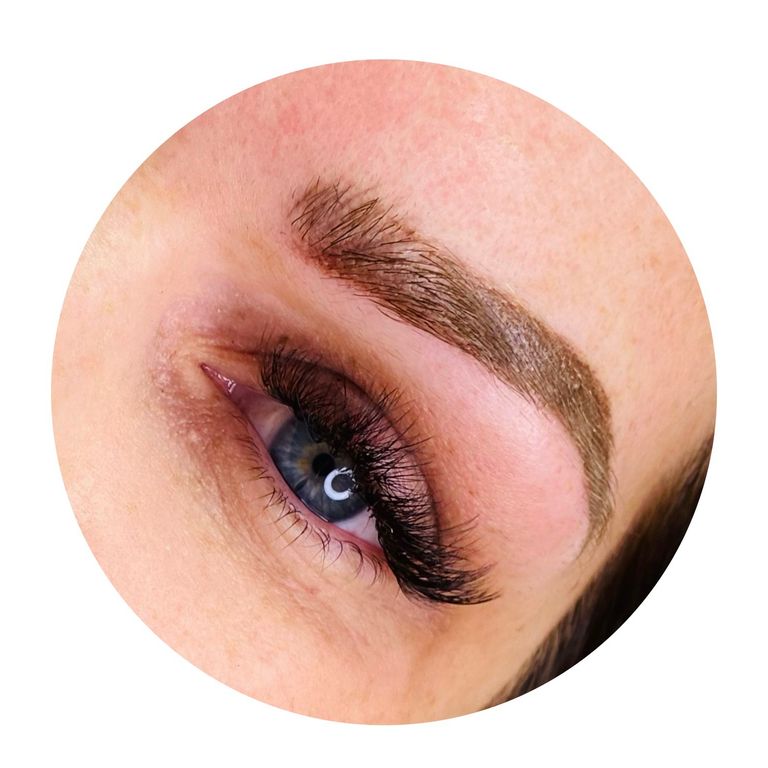Ombré Brow
Ombré shading is a semi-permanent eyebrow styling technique that uses a small machine to place extremely thin dots of pigment into the skin, creating a soft-shaded brow pencil look. For most beauty lovers, leaning into your mirror to precisely fill in your eyebrows is the most stressful part of your routine. This method is very similar to traditional tattoo and the application involves thousands of tiny dots of pigments inserted into the skin to gradually build up color and defined shape. The result is a powdery faded front and a crisp tail to resemble the look of makeup. The technique is less invasive, less painful and it heals more naturally than micro-blading. It's suitable for all skin types and pigmentation retention is between 2-3 years.

PRE-CARE for Ombré brows
It is very imperative that these must be avoided to prevent any complications during the process. DO NOT take or drink alcohol the night before and day of the appointment. After the procedure is done, it is safe to consume but not before:
- Advil or ibuprofen
- Alcohol
- Caffeine, coffee, tea..
- Blood thinner medications (wafarin, lovenox, heparin, clopidogrel...)
- Asparin
- Vitamin E
POST-CARE for Ombré brows
- Avoid getting the area wet for up to 10 days, which includes keeping your face dry during a shower.
- Don't wear makeup for at least a week. This is because the pigments are still setting into the shallow cuts in your skin.
- Don't pick at scabs, tug, or scratch the eyebrow area.
- Avoid saunas, swimming, and excessive sweating until the area is completely healed and you have a follow-up appointment.
- Keep your hair away from your brow line.
- Apply any medicated cream or healing balm provided by your technician as directed.
Contraindications:
- Not recommended for pregnant or breast-feeding women.
- Someone who has/family history of keloid scars.
- Under 21 years of age.
- Diabetes.
- Skin diseases: eczema, psoriasis, blisters on treated area.
- Taking blood thinner medications.
- Accutane or steroids.
- Coumadin.
- Shingles.
- HIV or Hepatisis
- Active skin cancer in treater area

